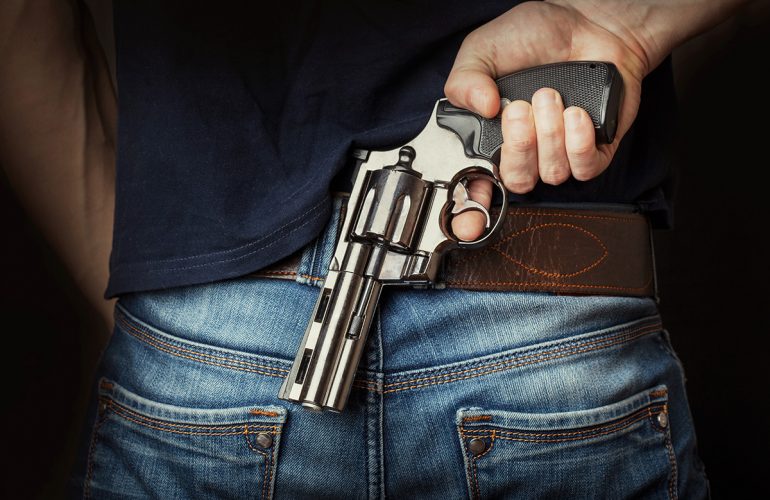Click here to read Active Shooter Preparation and Response in Senior Care: Part 1
What Does “Secure, Preserve, Fight” Mean?
Not too long after Homeland Security provided the “Run, Hide, Fight” approach to active shooters, senior care leaders realized that it wasn’t ideal for healthcare settings. Healthcare employees would not want to leave their elderly residents alone or behind. A group of researchers developed a new method – “Secure, Preserve, Fight” to more effectively respond to these events in healthcare settings.
Secure
This involves immediately securing essential life-sustaining treatment areas by barricading or securing all access points from the inside, turning off lights and equipment not needed and silencing cell phones. Employees should be well-trained in situational awareness and decision-making during a crisis. Train employees on interior securing or locking devices for access points. Silence any alarms or equipment that might draw attention and have emergency care supplies ready. Train employees on evacuation and barricading skills and then practice them regularly.
Preserve
This involves reducing risk for injury such as staying away from windows and doors, moving residents to shelter if possible and providing only the essential medical care required to preserve life. Staff should be trained on appropriate triage to optimize survival and care, practice bystander care and stop all non-essential care. It also involves moving residents, families and visitors to the most hardened and sheltered areas in the care community. Employees should also be trained to effectively communicate to the authorities when they arrive. Training staff to handle extreme bleeding is critical because a person can bleed out in 3 to 5 minutes.
Fight
Fighting an active shooter is always the very last resort. It may be necessary, though, when your life or the lives of others are in immediate danger. You may have no other option than to fight off the attacker. Try to use de-escalation and communication before any violence takes place. Once violence begins, de-escalation is rarely effective. Train employees to mentally and physically come into contact with the attacker. Review the types of devices in the environment that can be used as weapons. Make sure employees know that if they are going to fight, they must be fully committed to cause serious harm to the attacker.
Final Thoughts on Active Shooter Preparation and Response
It is an unsettling and unfortunate fact that active shooting incidents have increased in the United States. While many of them take place in schools, shopping malls and businesses, they have occurred in healthcare communities. It is critical that employees in skilled nursing and assisted living centers are well-trained in active shooter preparation and response. Learning the new “Secure, Preserve, Fight” approach can save the lives of residents, families, visitors and coworkers.

